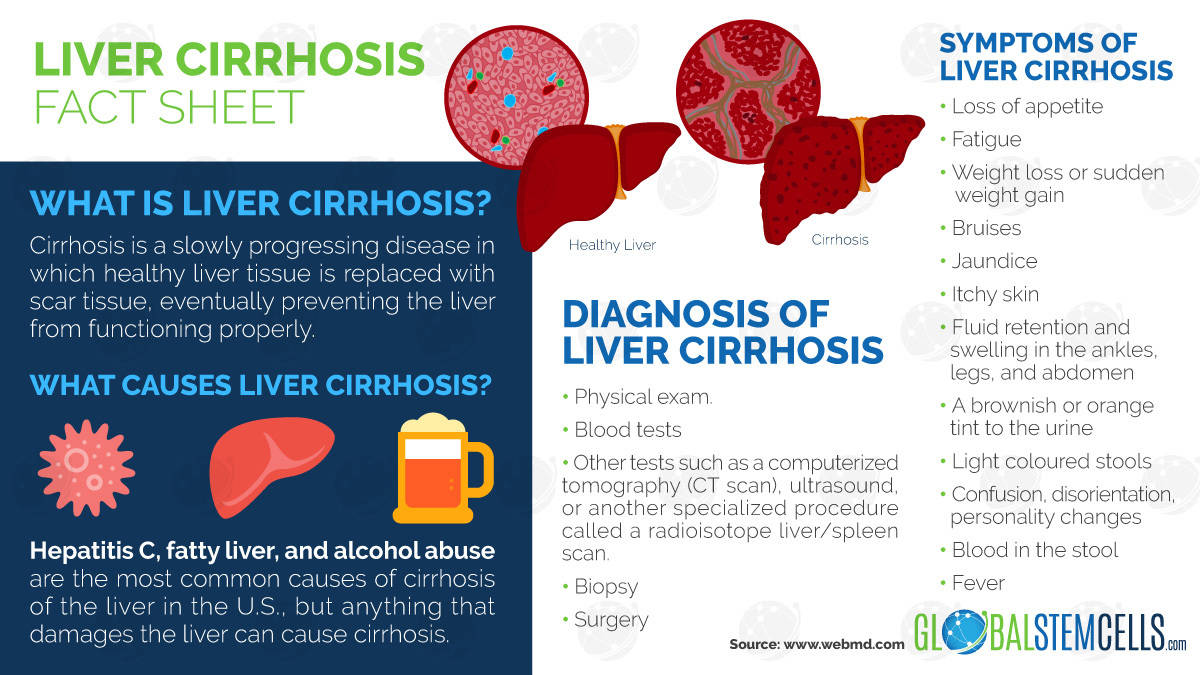Has a doctor ever told you or a loved one that a transplant is the only way to treat your liver cirrhosis? This is tough news for anyone, but especially dour for anyone who’s too old, too sick, or too far down the waiting list for a transplant. Thankfully, there is another option.
One of the leading-edge treatments for cirrhosis nowadays is stem-cell injections. They improve liver function, reduce fibrosis, and enrich the lives of those dealing with serious liver problems like cirrhosis.
Transplants are still the most effective treatment, but if that’s not an option, introducing regenerative stem cells into a patient’s system can treat many symptoms. It minimizes fatigue, fluid accumulation, ruptured blood vessels, and debilitating cognitive effects associated with impaired liver functions.
This has been proven by clinical trials as well as by the patient treatments facilitated by Verita Neuro Verita Neuro. UAM has stepped in to fill a void created by the US Food and Drug Administration, whose involvement in trials and testing of stem-cell treatments presents an impediment to patients in the USA. There are options oversees, however.

The advantages of stem cell therapy for liver cirrhosis
Stem cell therapy involves pain-free injections often accompanied by an array of supportive therapies. The process for treating liver cirrhosis with stem-cell injections is far less stressful on the body than a liver transplant.
Additionally, coordinating and receiving stem cell therapy takes a fraction of the time it takes to find a liver donor. So the advantages to stem cell therapy (also known as a “regenerative treatment” because the stem cells regenerate liver tissue) are clear:
- Less stress on the patient’s body and immune system
- Less risk of failure or complications
- Less time spent waiting and in recovery
Another advantage of regenerative treatment for cirrhosis is that it is focused on the whole body. In UAM’s state-of-the-art Bangkok facilities, patients receive personalized nutrition plans, acupuncture, and many other supportive therapies to help adult-tissue stem cells regenerate as many liver cells as possible.
How does the treatment work?
When stem cells are introduced into a patient’s body, they transform into new, healthy versions of cells that the patient cannot produce on their own. Patients can regain the ability to produce healthy liver cells and slow down liver scarring with just a handful of stem cell injections.
After years of research and clinical trials, doctors have determined that the success of regenerative treatments comes down to stem cell viability and high-quality immune-boosting supplements (such as intravenous vitamin drips). UAM’s treatments have both.
Treating liver cirrhosis has been one of our most successful programs, and while the condition cannot be reversed, the combination of regenerative medicine, conventional treatments, and supportive therapies can drastically extend the length and quality of a patient’s life.
Learn more about stem cell therapy
The earlier a patient begins a regenerative medicine plan, the better their results, which is why UAM will help you with things like fundraising or travel arrangements once you’ve decided to come to Thailand for your personalized treatment plan.
Our support staff is fluent in several languages and we’ve partnered with an internationally accredited tertiary care hospital to provide the best possible care for those suffering from liver cirrhosis. Contact one of our specialists today to discover what options are available.




 English
English